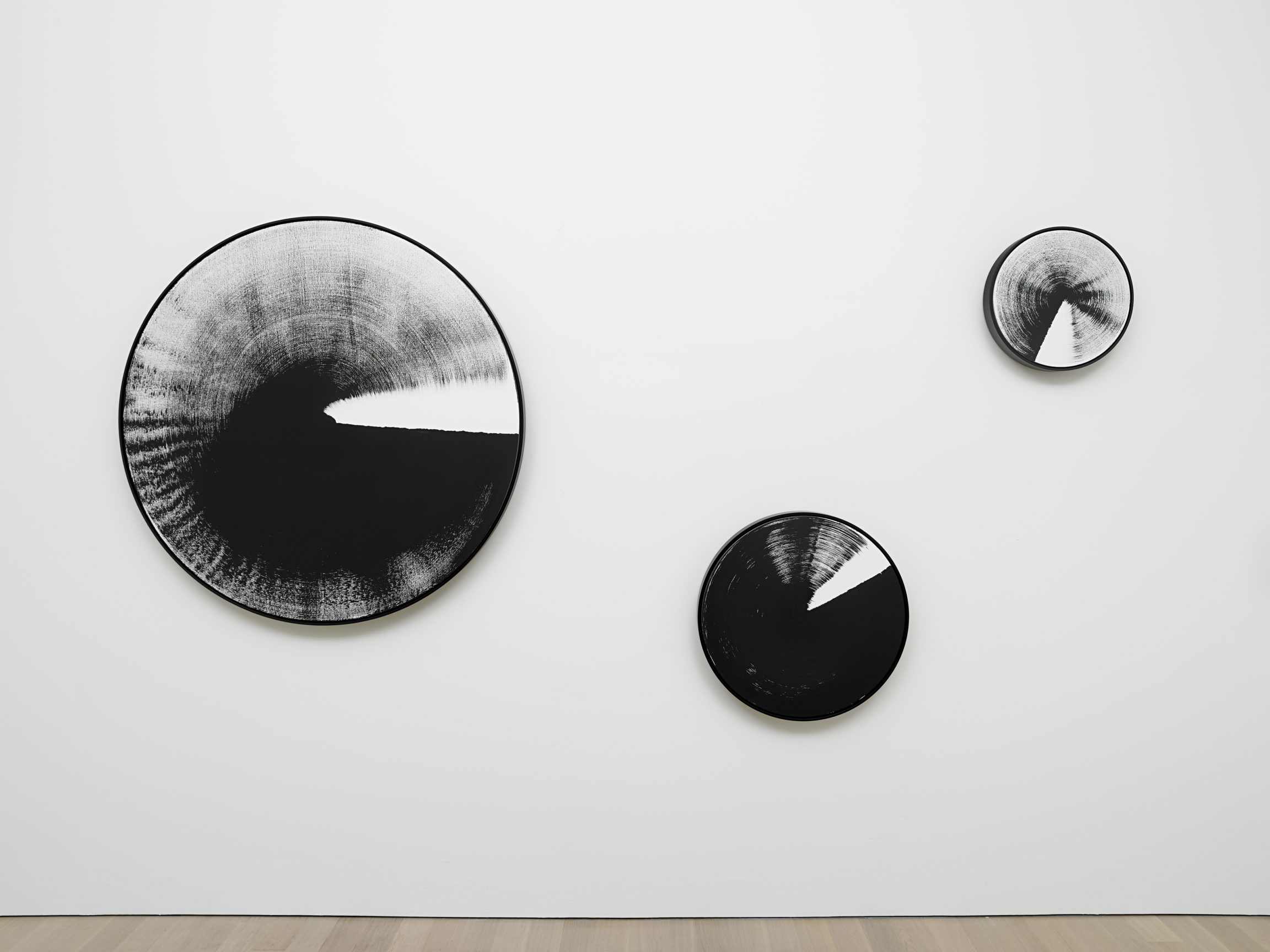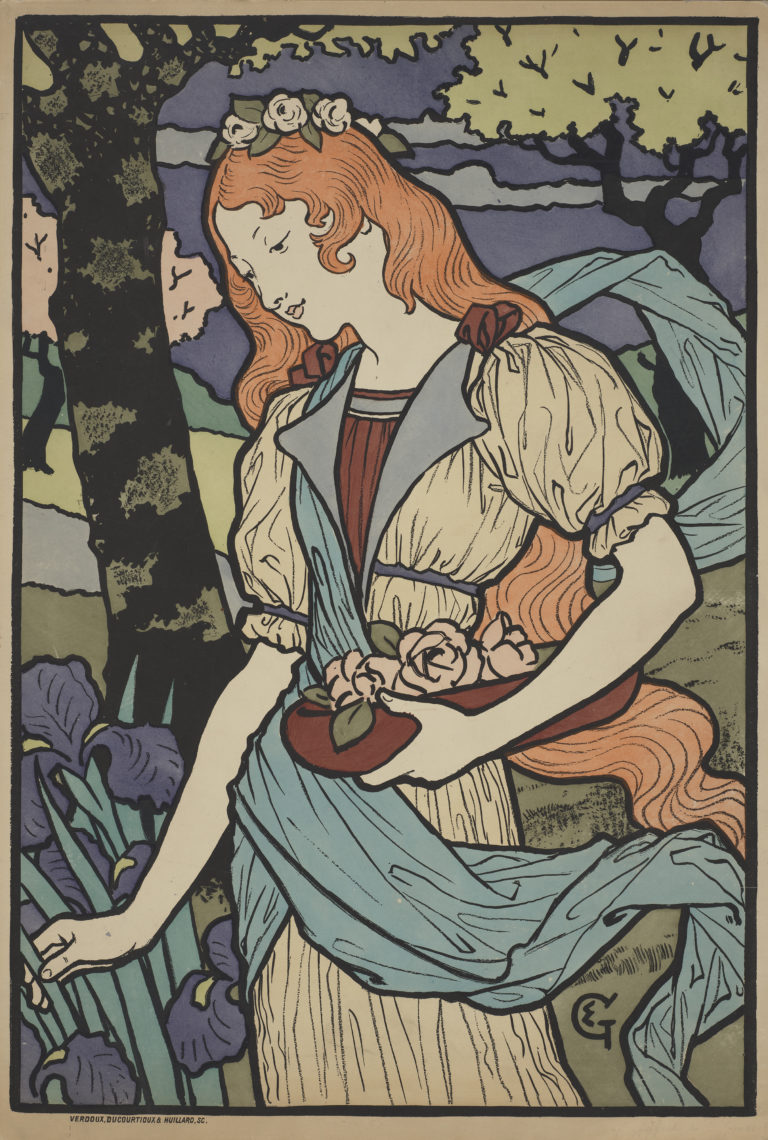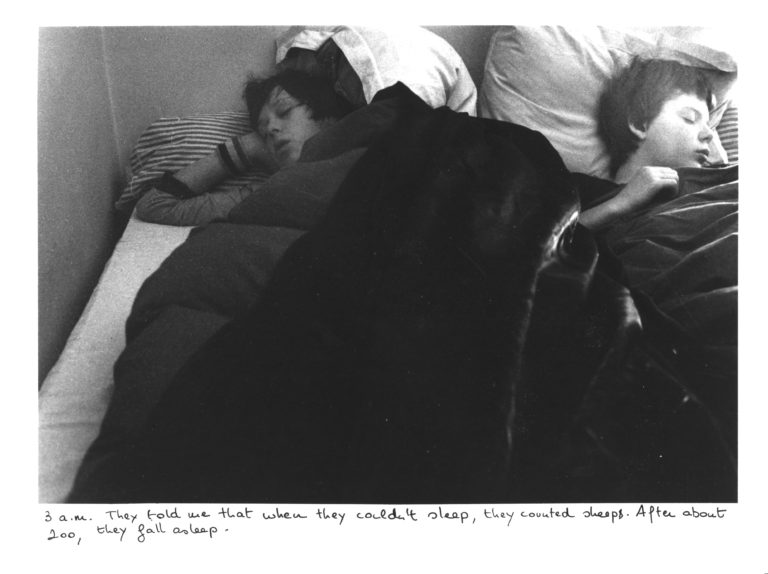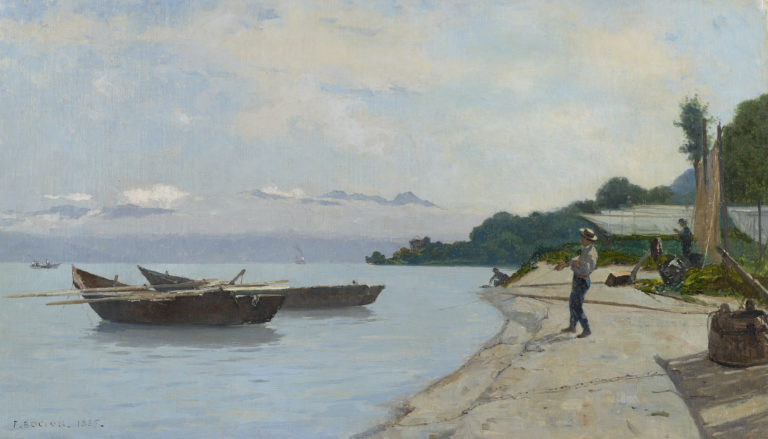Exposé actuellement
The CollectionBibliography
Fanni Fetzer (ed.), Claudia Comte, exh. cat. Lucerne, Kunstmuseum, Zurich, JRP Ringer, 2017.
Samuel Leuenberger and Guillaume Pilet, Claudia Comte, Lucerne/Poschiavo, Edizioni Periferia, Zurich, Pro Helvetia, 2013 (coll. Cahiers d’Artistes 2013).




Claudia Comte revisits the history of forms, with references ranging from sculpture of the first half of the twentieth century (Hans Arp, Constantin Brancusi, Barbara Hepworth, etc.) to artistic movements of the mid-century and beyond (concrete art, op art, pop art, etc.), but also to vernacular and popular culture (cinema, cartoons, etc.). She relates these to one another while creating a new visual system. Her preference for wood as her main material, which she works on with a chainsaw, is rooted in her childhood years living in a village near a forest. Comte emphasises closeness to nature and an artisanal finish in her works. Whether organic or geometrical, these are often inserted in a powerful graphic environment, as in the case of mural paintings with op art motifs, or a set of paintings on stretchers. Comte physically juxtaposes the quotations that she summons up in relations that are always precise, and in a dialogue between the second and third dimensions, driven by visual playfulness and pleasure.
Turn and Slip 120, 4/4, Turn and Slip 40, 1/4 and Turn and Slip 60, 4/4 belong to a series of circular paintings whose diameters range from 40 to 140 cm. They were made using a brush whose width matched the radius of the support, which was applied in a single movement of the hand. The progressive unloading of the paint produced striations and then white when there was no more acrylic left. The indication ‘1/4’ means that Comte dipped her brush in the paint once in order to obtain a given chromatic density, whereas ‘4/4’ means that she dipped it four times. As is her habit, this artist followed simple rules. Here, too, she explores the random dimension of a compositional method that, by its principle, demands scrupulous application. The pictorial condition of abstraction is reduced to a protocol, the execution of which is calibrated by an instrument, a gesture and a geometrical support, and therefore by the ‘turns’ and ‘slips’ of the brush mentioned in the title.